Drive sales on autopilot with ecommerce-focused features
See FeaturesMagento vs WooCommerce: Detailed comparison for 2024
Magento vs WooCommerce. This is a decision many brands face when they’re looking for an open source ecommerce platform.
Both platforms have unique strengths and limitations that make them suitable for different online stores and business needs.
It’s important to look at the most important factors when comparing Magento vs WooCommerce, so you can choose the ecommerce solution that works best for your business in 2024.
But what makes both of these platforms different? How can you make the difficult choice between the two?
To help you with it all, we’ve put together this guide.
Let’s dive in.
Magento vs WooCommerce: A quick overview
WooCommerce and Magento are widely used open-source ecommerce platforms. Both offer robust features to create and manage all kinds of online stores.
Here’s a quick overview of how they compare:
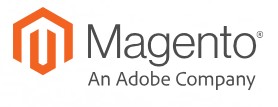 |  |
| Debuting in 2008, Magento is a great tool for creating powerful ecommerce stores for B2B and B2C businesses. It offers deep customization and supports enterprise-level scaling. Magento account holders can choose between a self-host option or a cloud edition, both with advanced features. | Gracing the stage in 2011, WooCommerce is a powerful plugin that turns any WordPress site into an ecommerce store. It’s extremely flexible with almost limitless customization options, and is free to install. |
Here is a brief summary of what you can expect from both platforms:
| Features | Magento | WooCommerce |
| Beginner friendly | No | Yes |
| Scalability | Enterprise-level | Limited |
| Security | Needs enhancement through extensions | Depends on WordPress |
| Inventory and product management | Yes | No, only through plugins |
| Budget-friendly | No | Yes |
| Performance tracking | Yes | Yes, with limited capabilities |
| Multi-store support | Yes | Yes, with plugins. |
| Payment gateway integrations | Yes | Yes |
| Customer support | Yes | Yes |
| B2B business creation | Yes | Yes, with plugins. |
| SEO capabilities | Yes | Yes, with WordPress SEO tools |
| Product promotion | Yes | Yes |
| Free version | Yes | Yes |
| PHP capability | Yes | Yes |
| Hosting requirement | Yes | Yes |
Pricing
Pricing is one of the major factors when choosing an ecommerce platform. That said, WooCommerce pricing and Magento pricing follow different models.
Magento is sold as licensed software, which means you have to purchase either of its paid plans upfront.
On the other hand, WooCommerce is a WordPress plugin that’s free to install. However, you’re responsible for hosting, domain management, security, extensions, and any custom development.
This table provides an overview of how pricing differs in the WooCommerce vs Magento comparison:
| Pricing factor | Magento Open Source | Magento Commerce | Magento Commerce Cloud | WooCommerce |
| License cost | Free | $22,000–$125,000 per year | $40,000–$190,000 per year | Free, open-source plugin |
| Hosting | $100–$500 per year | $500–$6,500 per year | Free | Starting from $120 |
| Domain name | $10–$400 per year | $10–$400 per year | $10–$400 per year | Starting from $15 |
| SSL certificate | $50–$300 per year | $5–$300 per year | $50–$300 per year | Free |
| Developer fee | $1,800–$10,000+ | $10,000+ | $10,000+ | $10–$100+ per hour |
| Extensions | $60–$600 per extension | $60–$600 per extension | $60–$600 per extension | $100–$400+ per year |
| Payment provider fees | 2.9% + $0.30 per transaction | 2.9% + $0.30 per transaction | 2.9% + $0.30 per transaction | 2.9% + $0.30 per sale |
| Themes | Free–$200 | Free–$200 | Free–$200 | Free–$129 |
| Design | Free–$5,000+ | Free–$5,000+ | Free–$5,000+ | Free–$119+ per year |
| SEO and digital promotions | $10,000–$40,000 per year | $10,000–$40,000 per year | $10,000–$40,000 per year | $50–$150 per hour |
| Maintenance cost | $80–$125+ per hour | $80–$125+ per hour | $80–$125+ per hour | Free—$239+ per year |
By looking at this table, you may conclude that Magento is the more expensive option. However, WooCommerce’s pricing can vary to a great extent. While we have tried to give you a rough estimate in this table, the final cost would depend on what each user chooses to spend on their plugins, hosting plan, and so on.
Ease of use
Whether you’re an expert or have no experience in ecommerce, user-friendliness is a vital factor to consider when selecting the right platform to build your website.
WooCommerce
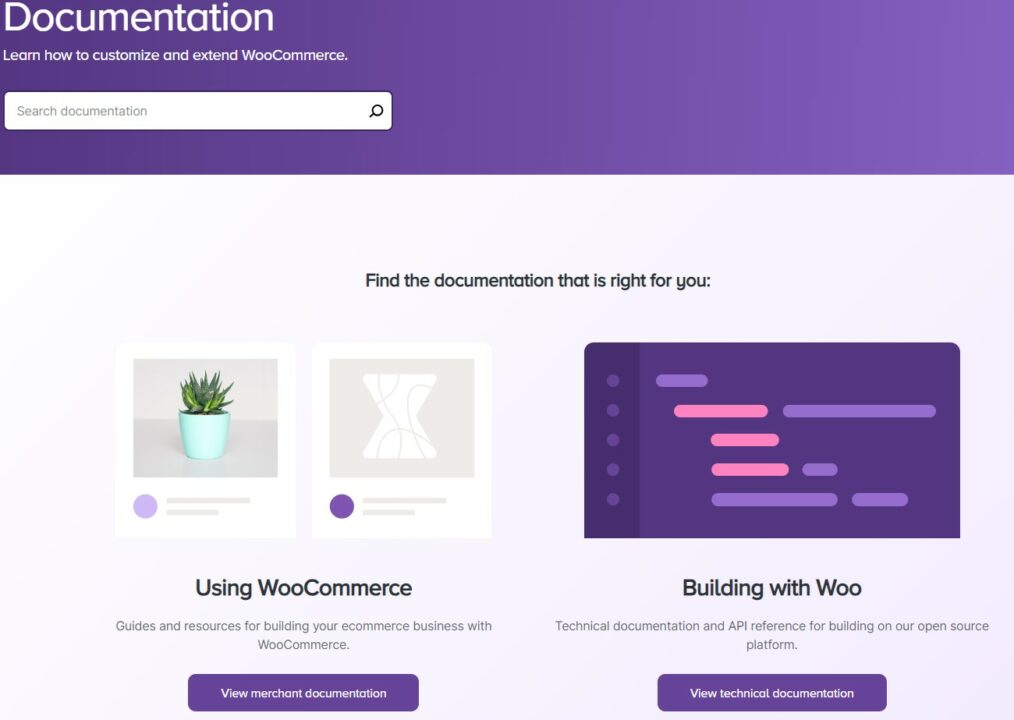
If you’re a beginner or prefer a platform that doesn’t require lots of technical skills, you’ll appreciate WooCommerce. It’s straightforward to set up and customize, plus there are lots of documentation and tutorials to help you.
On top of that, there’s a setup wizard that guides you through the initial stages of building your store, such as page creation, setting up payment options, and choosing a currency.
You can manage your store from the WordPress dashboard, including personalizing your theme’s appearance with your business’s colors, adding pictures and videos of your products, and adding the functions you need for your store.
In addition, WooCommerce makes it possible to use shortcodes to add elements to your pages and widgets easily.
Shortcodes are tiny code snippets that provide a shortcut to add neat features to your online store that would otherwise require complicated code.
Once you’re done with customization, you can test the website and make adjustments until you’re satisfied with its appearance.
Magento

Magento has a steep learning curve, and most functions, from customizing your theme to setting taxes, are complex.
If you’re not a web development professional, at least some basic technical knowledge is necessary to build a great ecommerce store on this platform.
There’s extensive documentation available, but this is also written with developers in mind.
The winner
WooCommerce is easier to use than Magento. It’s suitable for start-ups and small businesses that don’t want to incur the cost of hiring developers.
Magento is complex for anyone without tech skills. But this complexity also makes it great for creating a powerful ecommerce store for large-scale businesses.
WooCommerce vs Magento: Features
- Product management
- B2B features
- Payment system
- Themes and templates
- Extensions, plugins, and APIs
- Promotions
- Marketing and SEO
- Security
- Support
- Analytics
- Other features
Product management
Inventory management refers to features that make monitoring and organizing your inventory—from sourcing to shipping—easier.
Magento
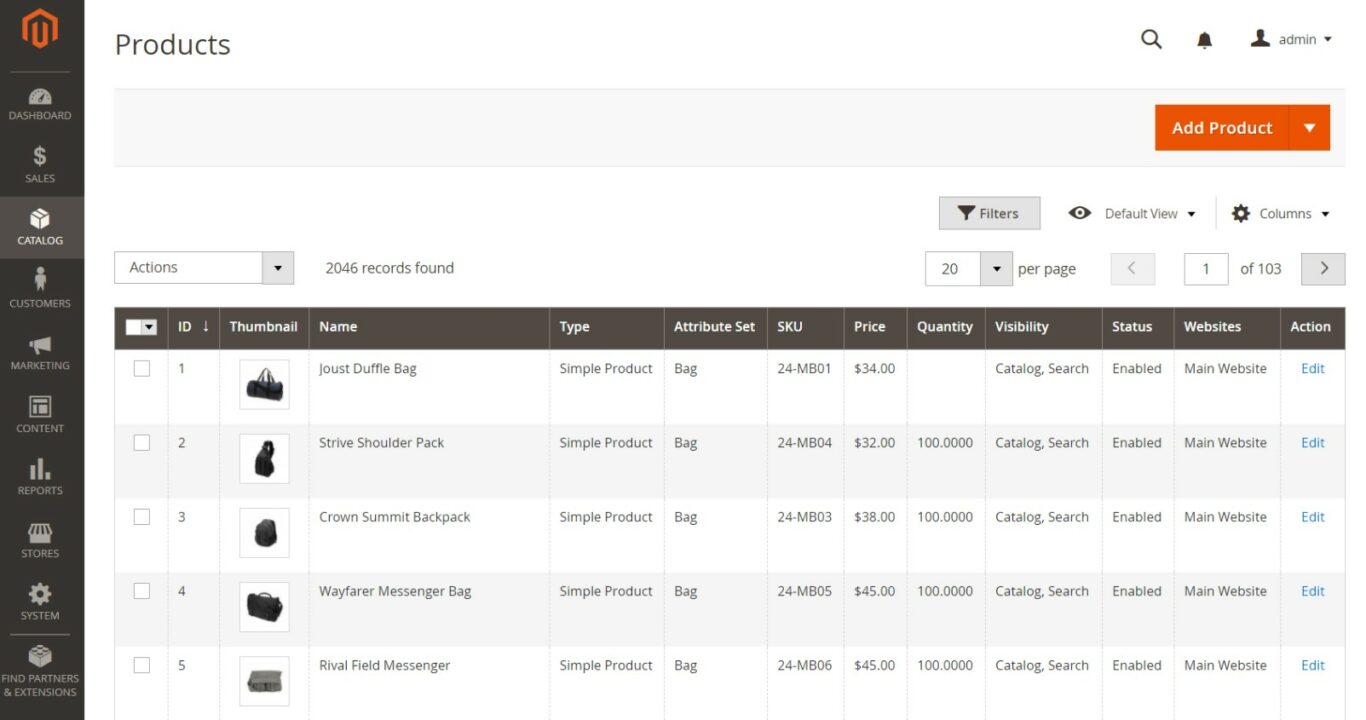
- You can add as many products as you need
- It has multi-store management out of the box
- Offers great order management for high volumes of products
- Provides real-time visibility of your product inventory, which ensures customers get what they need at all times
WooCommerce
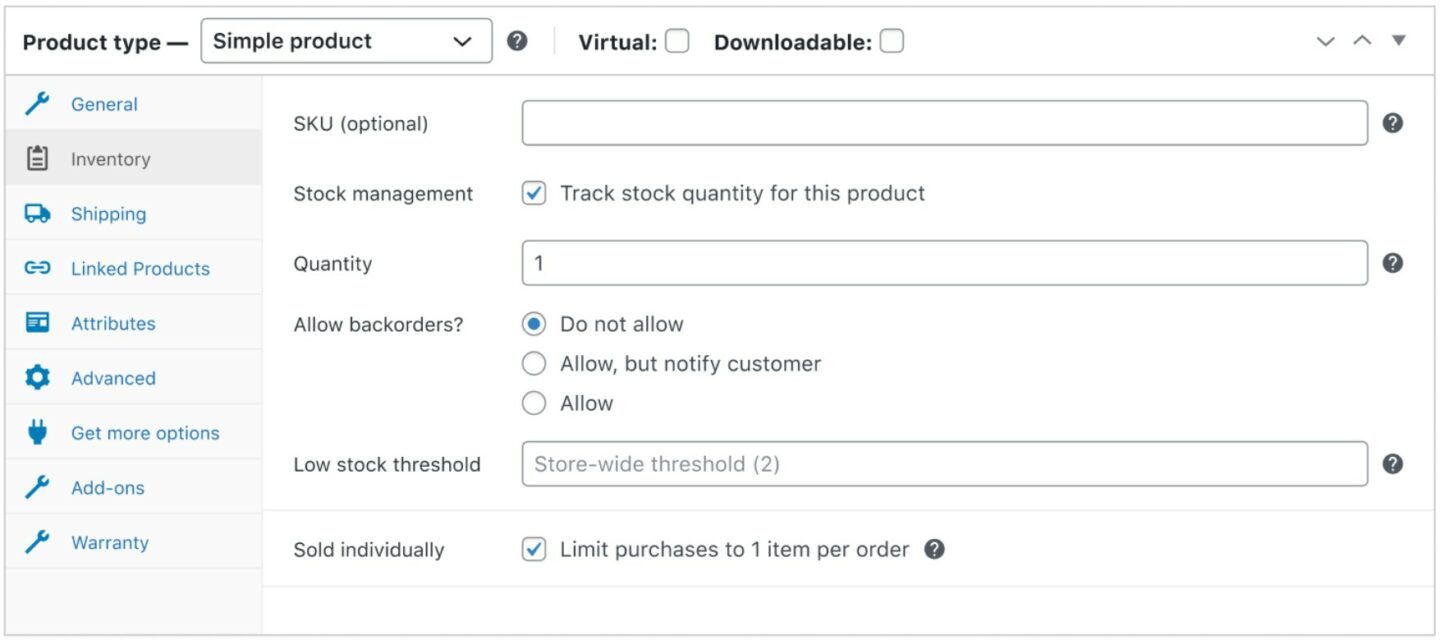
- It supports an unlimited number of products
- You can get multi-store management with the right plugin
B2B features
If you’re a B2B company, you’ll need an ecommerce platform that has features that support this.
Magento
- For premium subscribers, Magento has B2B features available out of the box.
WooCommerce
- With WooCommerce, you can get B2B features, but you need to purchase a plugin first. WooCommerce has 50 B2B extensions ready for installation.
Payment system
The right payment gateways build your customers’ trust as they make a purchase. They also make the purchase process smooth. Let’s see how both platforms perform.
Magento
- It provides out-of-the-box integration with PayPal, Authorize.Net, and Braintree
- You can easily integrate Magento with more payment systems from third-party software
WooCommerce
- It provides built-in integration with payment platforms like Stripe and PayPal
- There are 79 plugins available to add any payment processors of your preference
WooCommerce vs Magento: Themes and templates
Themes are the foundation of your ecommerce store’s design. They determine its layout, attractiveness, and user-friendliness.
Themes are also necessary to personalize the design of your store to match your brand’s identity.
Both WooCommerce and Magento provide a variety of free and paid themes.
WooCommerce

There are 90+ ready-made WooCommerce themes categorized by industry. This categorization makes it easy to find the best design that fits your products.
Magento
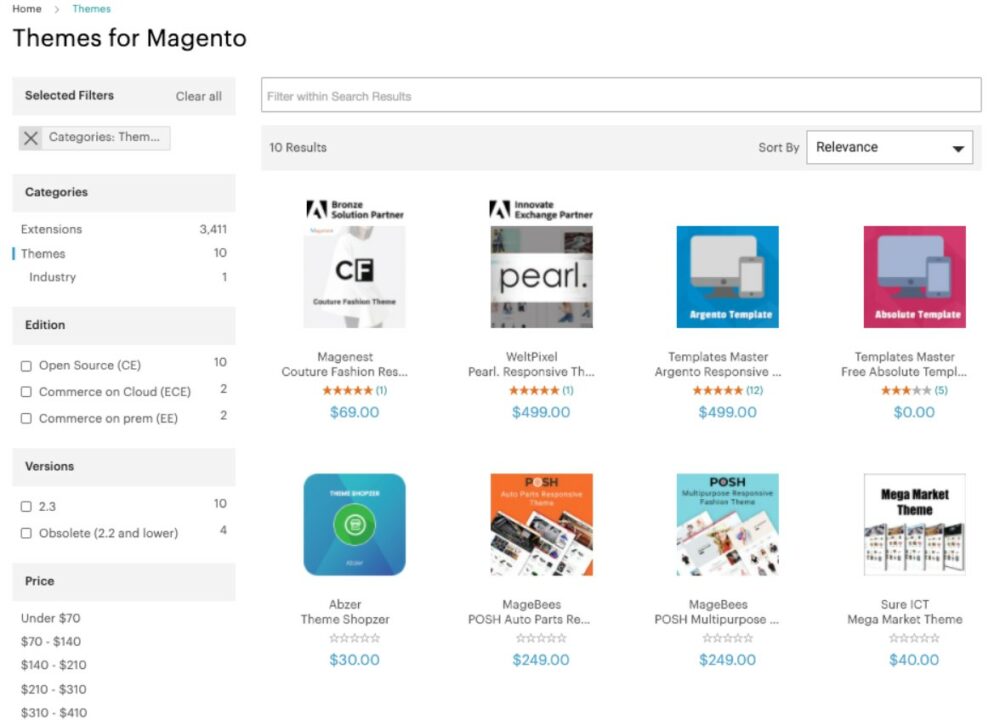
The Magento marketplace also has a variety of themes, but not as many as WooCommerce. There are only ten themes available, and they are not categorized by industry.
The Winner
WooCommerce leads in the theme category with a higher number, plus clear categorization to help you make the right choice.
Extensions, plugins, and APIs
WooCommerce and Magento are both open-source platforms and will provide the necessary core features to get your ecommerce store up and running.
Third-party developers step in with free and paid extensions and plugins to fill the gap in functionality. While Magento comes with more built-in features, WooCommerce would require more extensions and plugins to match.
However, it’s important to only install the extensions and plugins your store needs. This will save your website’s capacity and keep it performing optimally.
Apart from that, integration with other software solutions makes it easy to increase the functionality of your ecommerce website.
To make integration possible, an API (application programming interface) is needed.
API is a software-to-software interface that enables the ecommerce platform to communicate with third-party software solutions.
It makes functions like marketing and product management easier.
Magento
Magento has plenty of built-in extensions for the Commerce and Commerce Cloud plans. In addition, the Magento marketplace offers over 4,360 free and paid extensions.
These extensions cover a variety of fields, including:
- Accounting and finance
- Website optimization
- Customer support
- Marketing
- Payments
- Shipping and fulfillment
- Security
- Analytics, and more
Although installation can be a bit complex and prices are higher compared to the plugins on WooCommerce, Magento’s extensions are very feature-rich and integrate well with relevant APIs.
WooCommerce
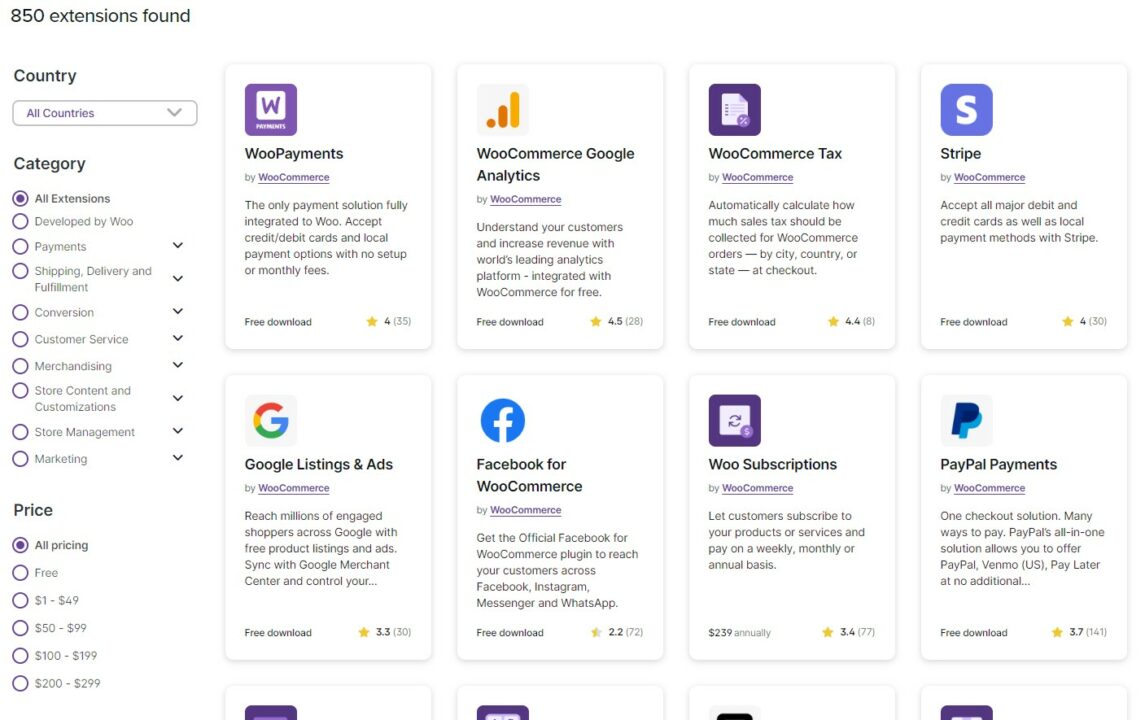
WooCommerce provides 850 paid and free extensions, covering areas like:
- Marketing
- Shipping
- Payments
- Analytics
- Merchandising
- Store management, and more
Given that WooCommerce is built on WordPress, you also get access to the many plugins and extensions offered on WordPress.
Additionally, the REST API makes WooCommerce integration with other useful software solutions effortless.
The Winner
Both WooCommerce and Magento provide third-party plugins and extensions catering to all areas of business.
They also share some extensions, such as the Omnisend marketing automation plugin for WooCommerce and an extension for Magento.
When it comes to integrations, both tools integrate seamlessly with third-party software to increase functionality and make managing your store easier.
Promotions
Having features that support promotions on your ecommerce site helps you sell more to your consumers based on their activity on your site and their interests.
Magento and WooCommerce are both heavyweights in this area, though Magento seems to have the upper hand.
Magento
Magento has two types of promotion programs, including:
- Catalog price rules
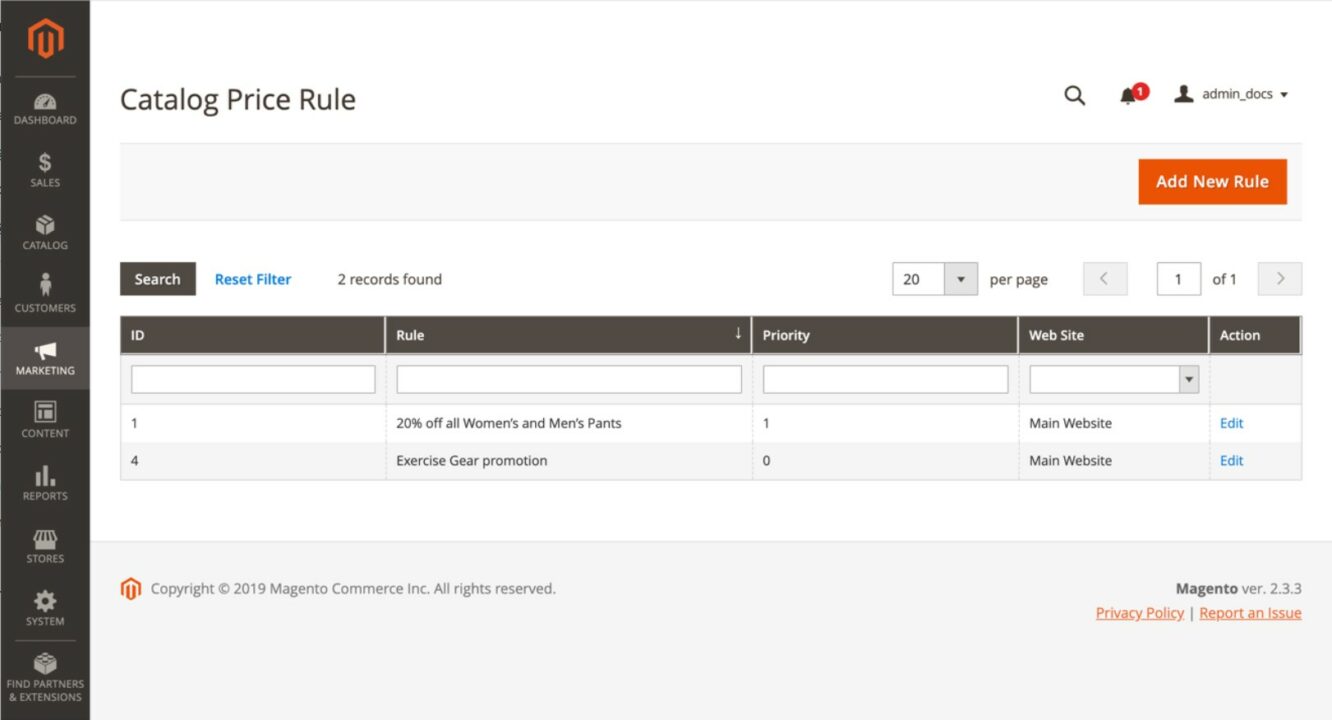
- Allow setting rule-based pricing for products
- Can be restricted to customer groups
- Set priority Image via Adobe levels when multiple rules apply
- Provide control over pricing display
The catalog price rules can come in handy for things such as category discounts, customer group-specific pricing, and tiered pricing.
- Cart price rules
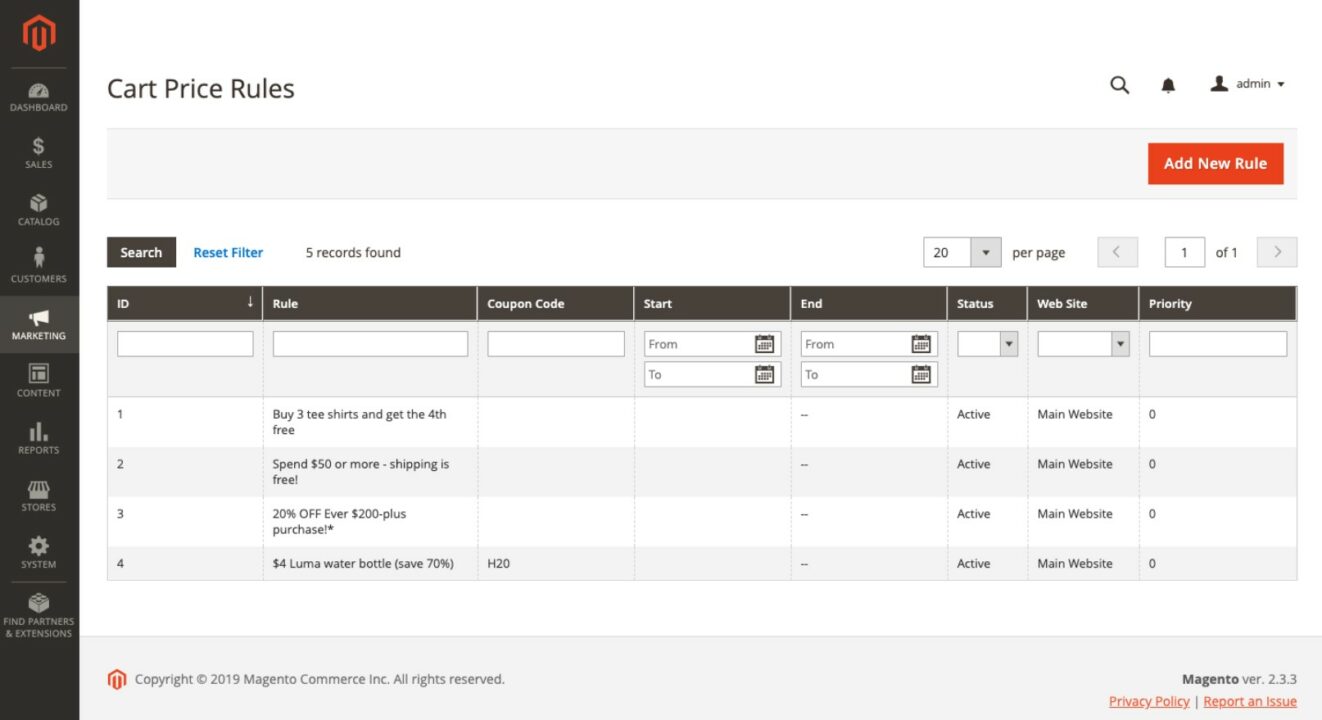
- Create discounts for items in the shopping cart
- Apply fixed or percentage discounts
- Set coupon codes and limits
- Restrict by customer group, product, and category
Likewise, the cart price rules program is ideal for sitewide percent-off sales, dollar discounts, BOGO deals, and free shipping coupons.
WooCommerce
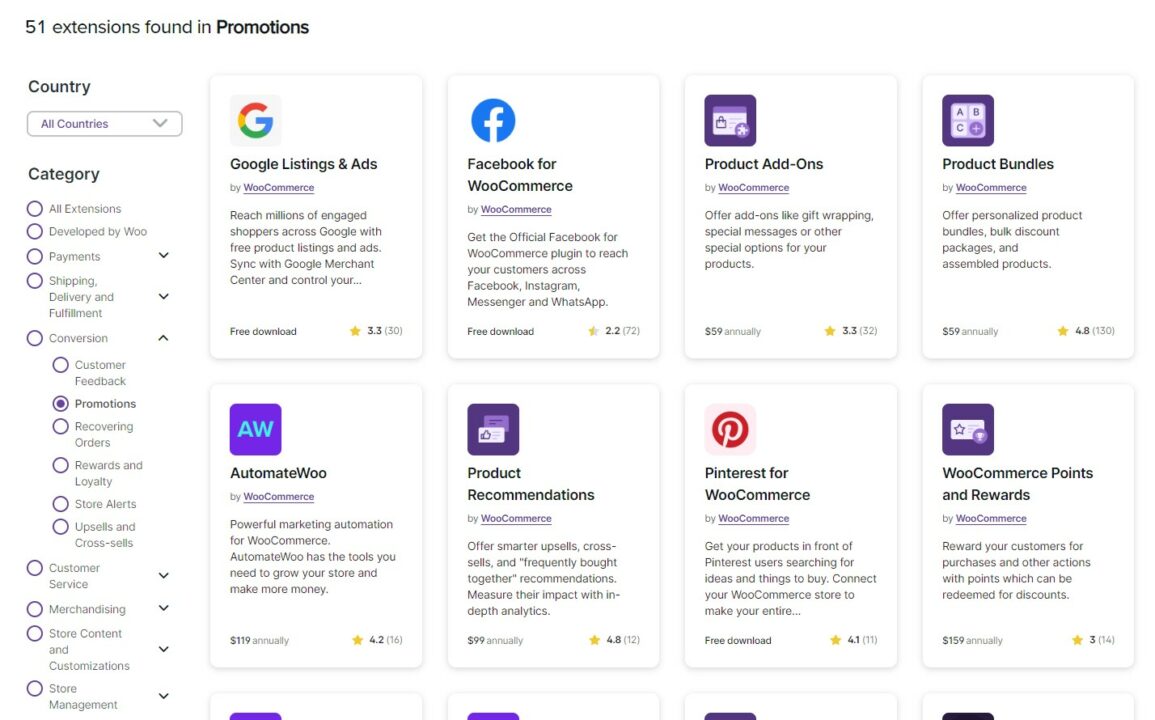
WooCommerce relies on extensions to facilitate promotions for WordPress websites. That said, you can choose from 51 promotion plugins to delight your customers and drive sales. Popular WooCommerce plugins offer options such as:
- Bulk and dynamic discount codes
- Tiered pricing rules based on order totals
- “Buy X, Get Y” offers
- Customer rewards programs
The Winner
Magento wins in promotion capabilities. While WooCommerce stores can create decent types of promotions, the setup is more piecemeal compared to Magento’s robust capabilities.
WooCommerce vs Magento: Marketing and SEO
Effective marketing and SEO are linchpin factors for ecommerce stores. As such, how Magento and WooCommerce stack up will be an important consideration for you.
Magento
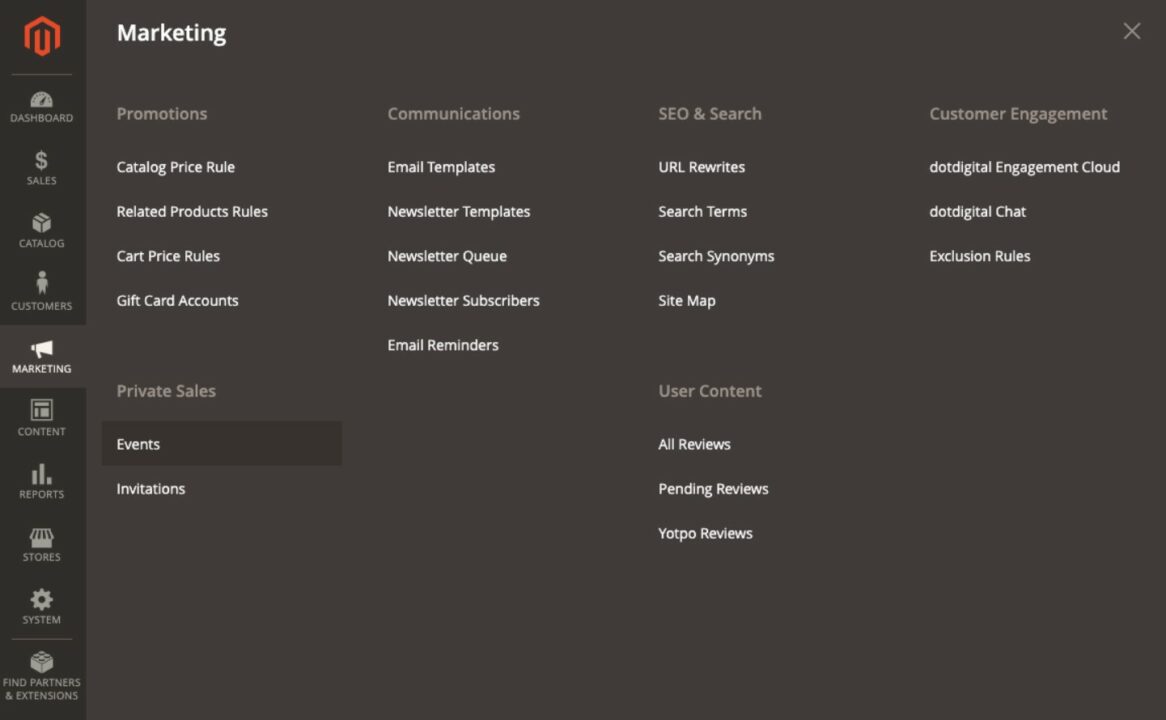
- Email marketing and templates for campaigns like abandoned cart and welcome series
- Integrations with email providers like Omnisend and Dotdigital
- A/B testing for emails and landing pages
- SEO enhancements like XML sitemaps
- Product recommendations based on user behavior
- Visual merchandising of related products
- Customer segmentation for better-targeted campaigns
- More advanced SEO functionalities can be added through extensions and plugins
WooCommerce
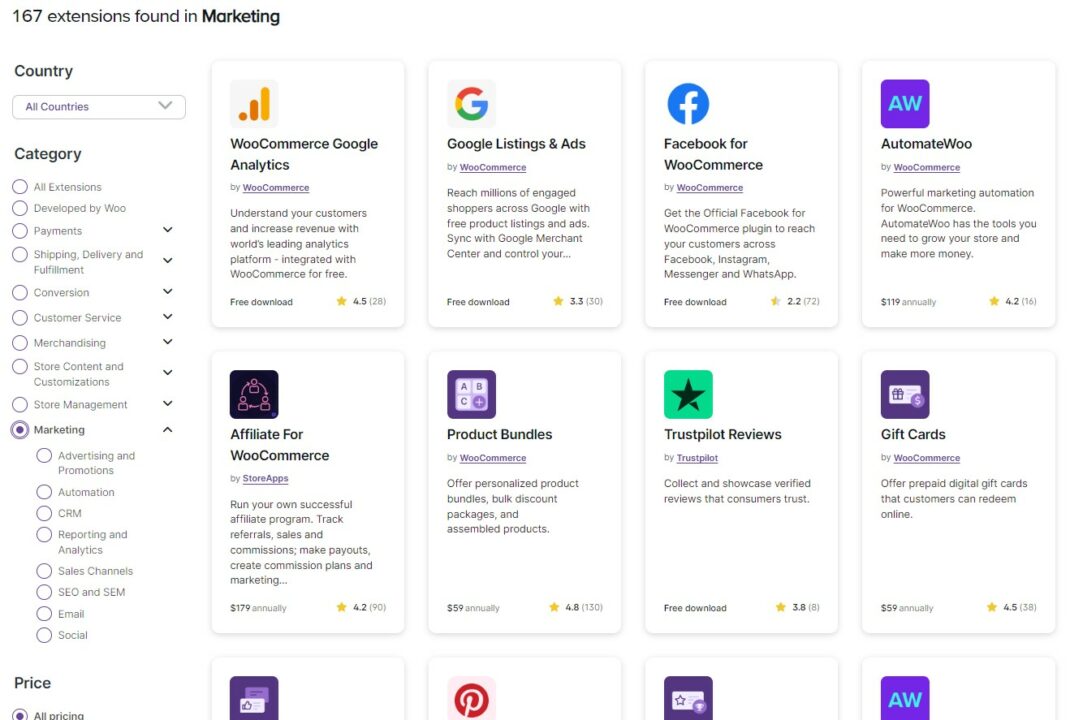
- Email marketing requires extensions such as Omnisend
- A/B testing requires dedicated plugins
- Product recommendations need separate plugins
- SEO is dependent on plugins such as Yoast SEO
- 167 marketing extensions and 9 SEO plugins
- No built-in sitemap generation
The Winner
Magento takes the lead for marketing and SEO. It has more advanced built-in marketing and SEO features, especially for elements like email marketing, recommendations, and testing. While WooCommerce can match much of Magento’s functionality through WordPress plugins and extensions, Magento is the overall dominant player here.
Security
There are plenty of security threats affecting online stores and consumers:
- Phishing: Users are lured into giving important personal details, such as credit card details and other financial details.
- Fake ecommerce stores: People buy non-existing products from fake online stores.
- Data theft: System administrators and other employees with access to a store’s servers steal important client information.
- Identity theft: When criminals spy on communications between customers and online stores, steal their customers’ details, and later pose as these customers.
Most consumers know about these cyber security threats. For this reason, they’re keen to shop at online stores that have taken advanced measures to secure their websites.
Any security incidents, such as a data breach, could ruin your reputation and reduce your sales.
The core of both WooCommerce and Magento ecommerce platforms is quite secure, but third-party extensions can introduce some vulnerabilities.
As mentioned earlier, WooCommerce requires more extensions and plugins to increase its functionality. This third-party involvement increases the number of security holes that can be exploited.
Magento, on the other hand, has plenty of useful built-in features and requires fewer extensions.
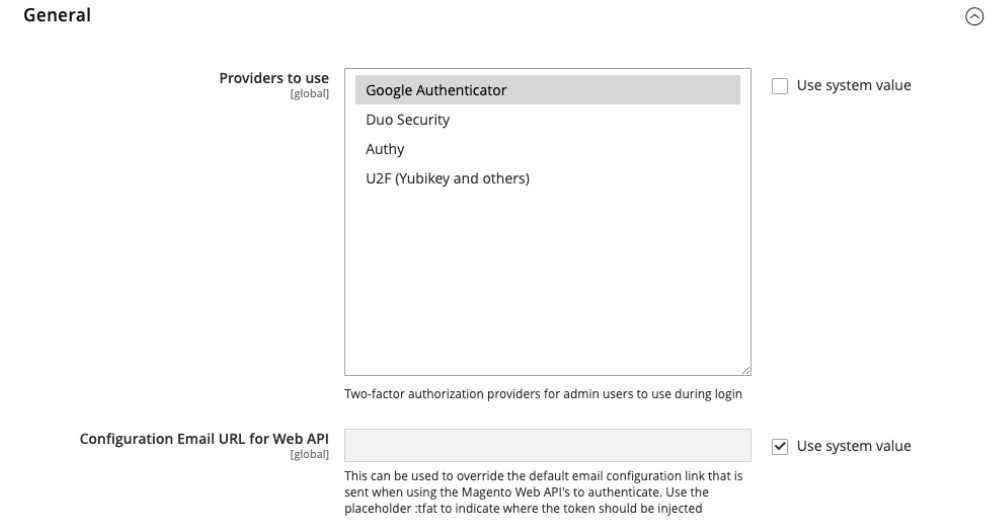
It also makes frequent releases of dedicated security patches for its users.
A security patch is a software update that addresses the security vulnerabilities within a program and enhances its security features.
Magento’s free security patches are designed to:
- Monitor your website
- Discover unauthorized access to your store
- Scan the store for malware
The Winner
It’s a tie. Both platforms are secure and do a good job of protecting you and your ecommerce store.
Support
An ecommerce software solution with support ensures that you will get help with any questions or problems you may encounter when using the ecommerce platform.
Support also ensures that you get the most out of the ecommerce software.
Magento
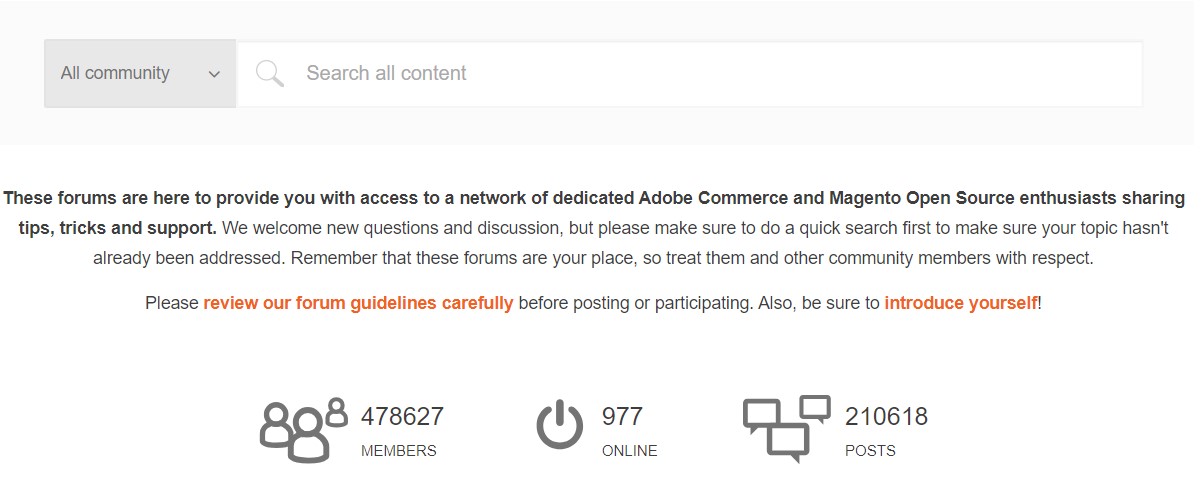
- A large community that includes quality developers is available to help users
- Premium users get access to email and live support
WooCommerce

- A large community can help with any problems you run into when using the platform
- WooCommerce.com account holders can also chat with the support team
- There is a rich knowledge base on the website
WooCommerce vs Magento: Analytics
Analytics on ecommerce platforms provide data-driven insights on how customers interact with your website.
These insights reveal opportunities for improvement in your ecommerce store.
Magento
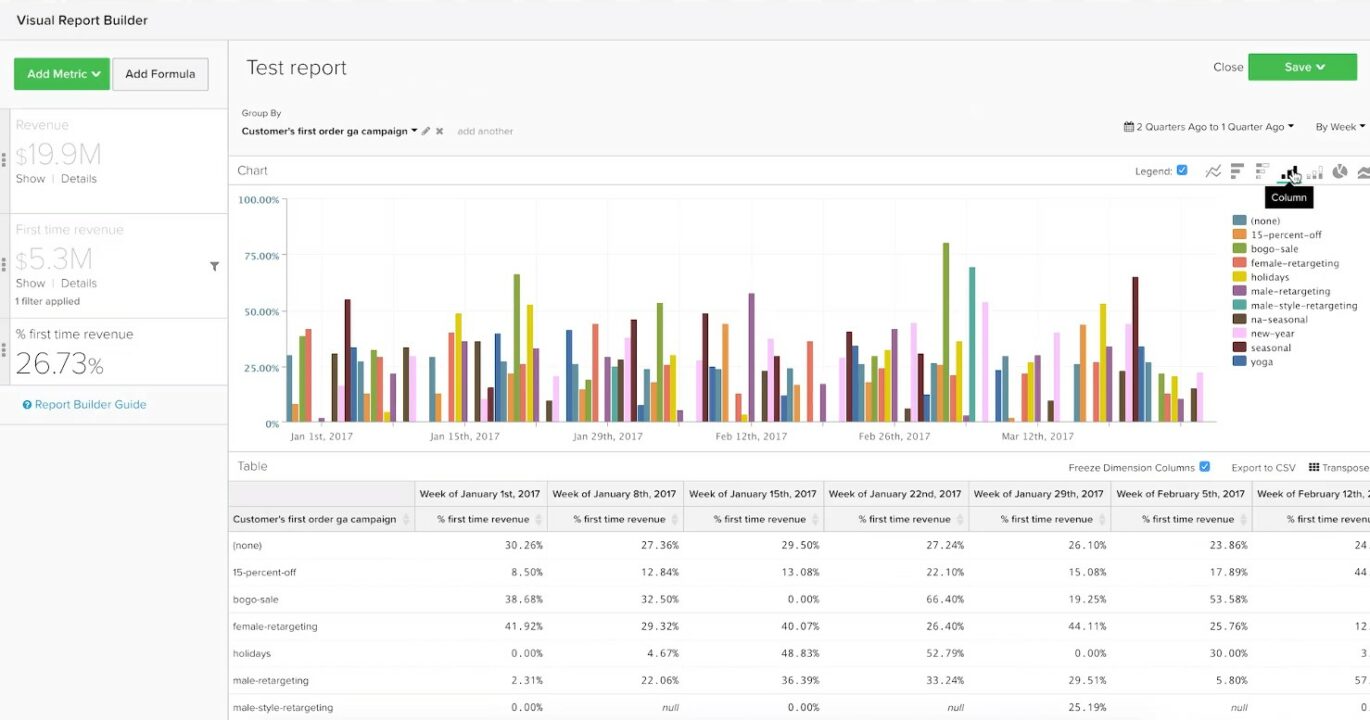
- It provides reporting and visualization functions. You can add your reports to a customized dashboard
- It has business intelligence capabilities
WooCommerce
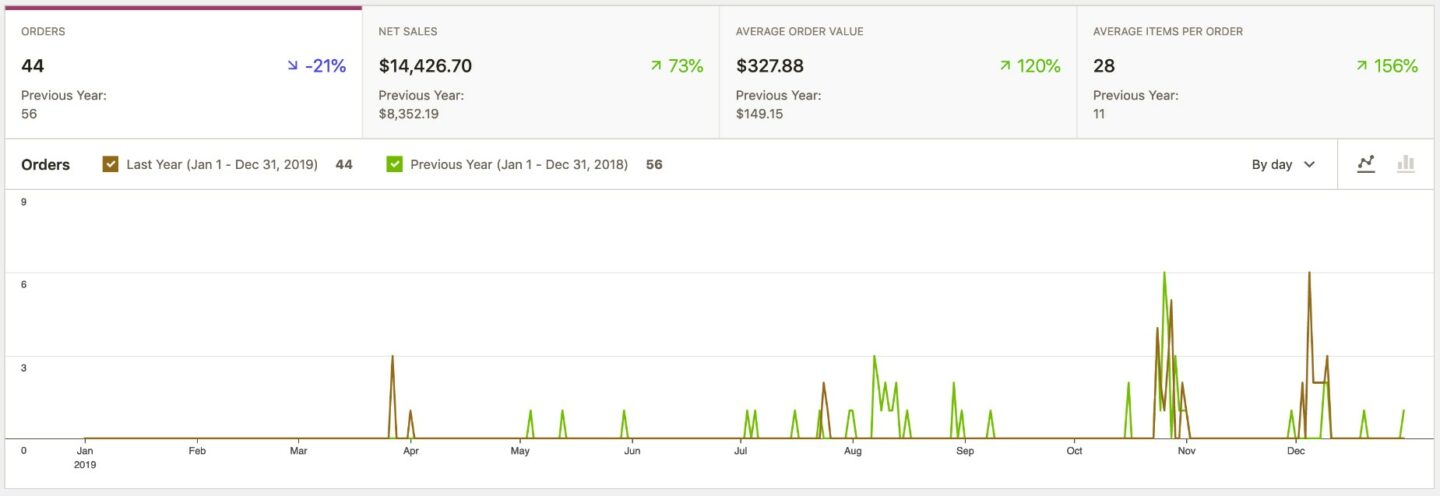
- It provides analytics and sales reports
- Visual analytics tools like bars and graphs provide insight into the store’s performance
Other features

Magento offers other features, such as:
- Built-in multi-language support
- Multi-channel support, including an Amazon sales channel
- Visual search and voice ordering
- Advanced payment and shipping capabilities
- Layered navigation for advanced site search and filtering
- A smart search tool that gives more relevant results to customers
- Robust customer account management. It ensures a customer’s order details across all channels are centralized
- It supports multi-store on a single installation
However, most of the rich features of Magento, such as business intelligence tools, are in the paid versions.
As for WooCommerce, here are other features you can expect:
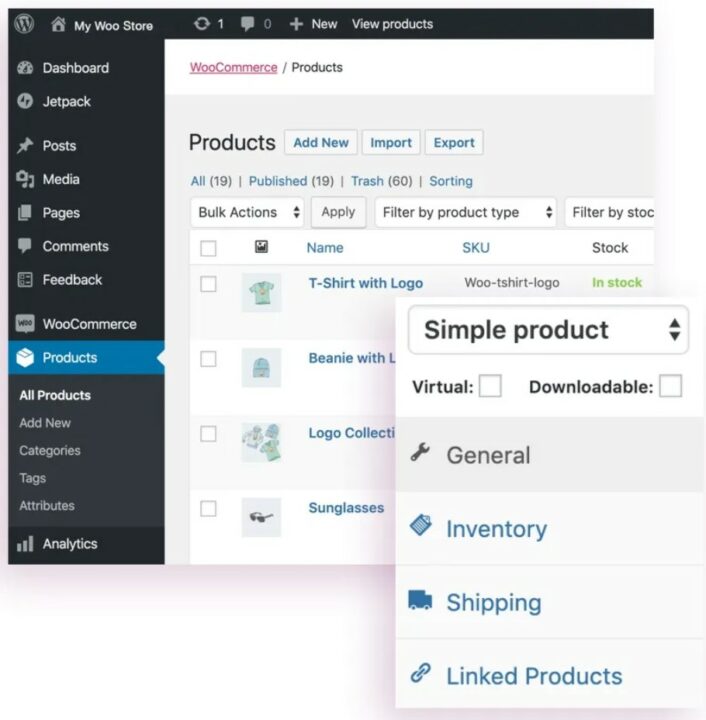
- Flexibility to set a free or flat-rate shipping fee for product delivery
- The option to control tax settings using local tax rates
- It is lightweight, which makes it suitable for content-heavy sites
- Integrates seamlessly with dropshipping vendors and Oberlo
It’s possible to get any extra functionality you need from WooCommerce through extensions.
The Winner
Magento provides robust and complex features that make it suitable for store owners looking for a scalable ecommerce platform. It’s an excellent option for medium-to-large-scale online businesses.
Migrating from Magento to WooCommerce, and vice versa
As your business needs evolve and change, you may decide it’s necessary to migrate your ecommerce store from one platform to another. That said, switching from Magento to WooCommerce, and vice versa, is very doable but can be challenging.
However, knowing what to look out for and how to go about it will make the process a whole lot easier. Here are some key considerations for migration in either direction.
Migrating from Magento to WooCommerce
From our observation, the main challenges involved in the Magento to WooCommerce migration include:
- Data migration: You’ll need to move all your product catalogs, customer information, order history, and other valuable data. Facilitating a smooth transfer of data across platforms can be very daunting, and you could lose some data. That said, you could employ tools like:
- Cart2Cart
- Omnisend
- Tidio
- Elfsight
- AfterShip
- Theme migration: Recreating the exact look and feel of your Magento store with a new WooCommerce theme might prove difficult. Expect to see little change in your website theme and design.
- Loss of advanced features: You’re likely going to make big sacrifices on features, considering that WooCommerce won’t have some of Magento’s more advanced capabilities, such as multi-warehouse inventory.
- Extensions: Keep in mind that you may also lose some critical extensions that are not available for WooCommerce.
Migrating from WooCommerce to Magento
Just as with the inverse, migrating from WooCommerce to Magento also has its challenges, such as:
- Increased complexity: Magento has a steeper learning curve for site administrators and developers compared to WooCommerce. You might need a little while to acclimate to the system.
- Customization: The heavy customization functionality in WooCommerce won’t easily port over to Magento.
- Cost: As we’ve seen, Magento has a very expensive startup cost compared to WooCommerce. Budget appropriately for this change.
- Transition downtime: Your site may need to be offline for a while when you migrate WooCommerce to Magento. However, you could make your migration effort a lot easier by using a Magento-to-WooCommerce plugin.
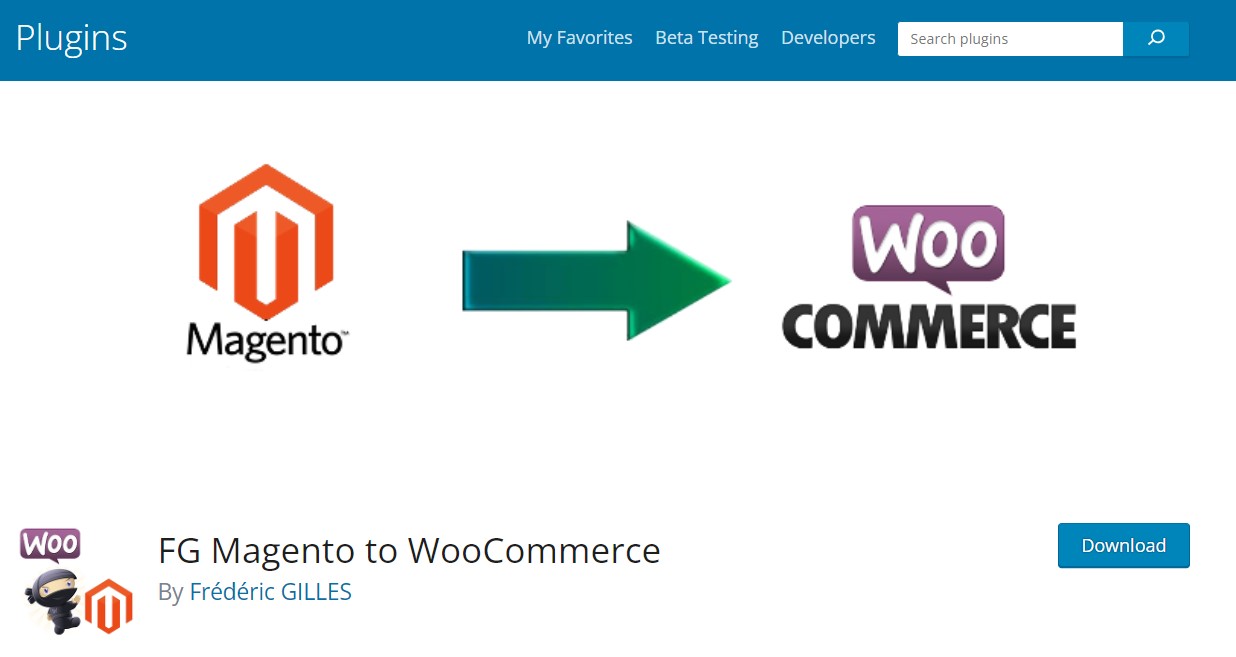
Magento vs WooCommerce: Which one should you choose?
In the battle of WooCommerce vs Magento, neither platform is the perfect solution.
Both WooCommerce and Magento have their share of strengths and weaknesses.
Your choice will thus depend on your present and future needs.
Ignoring the future needs of your ecommerce store means you might have to switch platforms in the future, and this could get expensive.
Magento will be a great choice if your ecommerce site:
- Is medium-to-large-sized
- Has a large catalog
- Has B2B requirements
- Needs a major custom ecommerce feature
WooCommerce will be the better option in these situations if:
- Your ecommerce website is content-heavy
- This is your first ecommerce store, or your tech skills are limited and you cannot access a developer
- Your budget is tight
- Your ecommerce store is small and you need limited advanced features
All things considered, Magento is a great choice for any ecommerce store.
It makes managing a large or B2B business store easy. Magento also offers advanced features that have the full potential to grow your store in the future.
If your ecommerce store is a startup, no worries. With a robust ecommerce marketing strategy, your startup can grow into a large B2B or B2C ecommerce store in no time. Simply start your ecommerce marketing free with Omnisend today.
quick links
related features
No fluff, no spam, no corporate filler. Just a friendly letter, twice a month.

